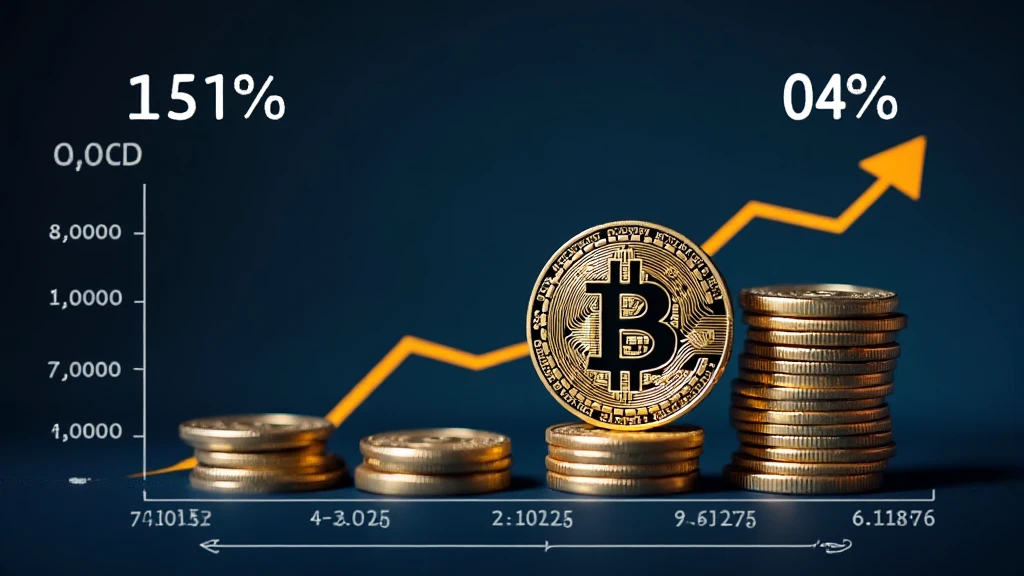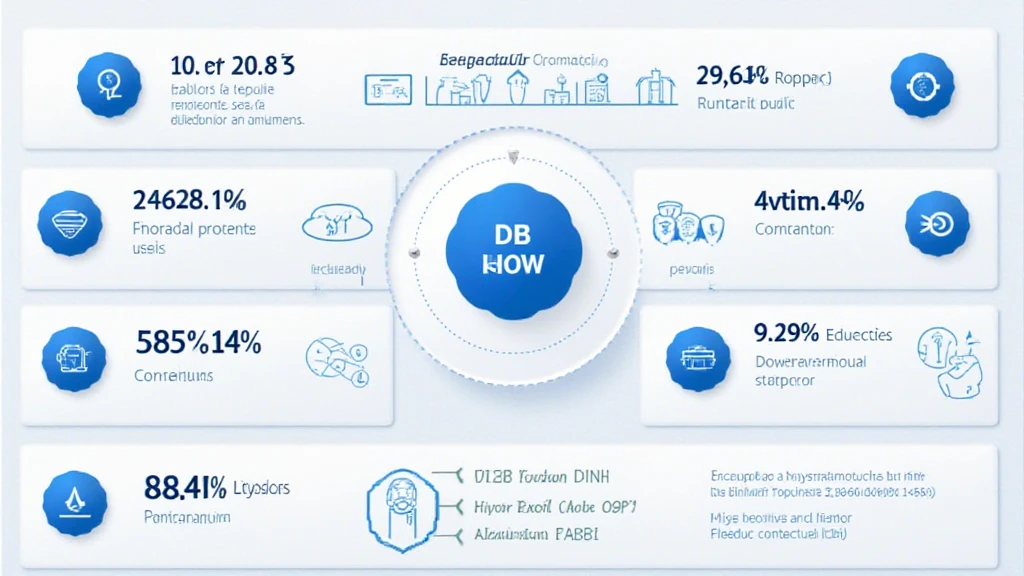Understanding Bitcoin Halving: Historical Data and Insights
With over $4.1 billion lost to DeFi hacks in 2024 alone, the demand for strong blockchain security is at an all-time high. One of the key events that every cryptocurrency enthusiast must be aware of is the Bitcoin halving. This phenomenon dramatically influences Bitcoin’s supply and, consequently, its price. This article delves into the historical data surrounding Bitcoin halving, exploring its significance, effects on market trends, and implications for investors.
What is Bitcoin Halving?
Bitcoin halving occurs approximately every four years, or more specifically, every 210,000 blocks mined. During this event, the reward that miners receive for adding new blocks to the blockchain is reduced by 50%. This is core to Bitcoin’s deflationary model, ensuring that its supply decreases over time. Let’s break it down further:
- The first halving occurred on November 28, 2012, reducing the block reward from 50 BTC to 25 BTC.
- The second halving was on July 9, 2016, lowering the reward from 25 BTC to 12.5 BTC.
- Lastly, on May 11, 2020, the reward further decreased to 6.25 BTC.
Looking ahead, the next halving is expected in 2024, which will reduce the reward to 3.125 BTC.

Why Does Bitcoin Halving Matter?
Understanding the significance of Bitcoin halving is crucial for cryptocurrency investors and enthusiasts. Here’s why:
- Supply and Demand: As the supply of new bitcoins decreases, demand can outpace supply, potentially leading to price increases.
- Market Sentiment: Historical data shows that prior halvings have often led to substantial bull markets.
- Mining Economics: Halved rewards mean miners need to be more efficient or face financial losses.
Historical Data on Bitcoin Halving
### The First Halving (2012)
The first Bitcoin halving sparked significant interest in the cryptocurrency market. Following this event, Bitcoin’s price skyrocketed from around $12 to over $1,000 within a year.
| Period | Price Before Halving | Price One Year After Halving |
|---|---|---|
| 2012 | $12 | $1,000 |
### The Second Halving (2016)
The second halving also had profound effects, with Bitcoin starting at $657 and surging to nearly $20,000 in late 2017.
| Period | Price Before Halving | Price One Year After Halving |
|---|---|---|
| 2016 | $657 | $20,000 |
### The Third Halving (2020)
The most recent halving in 2020 saw Bitcoin trading around $8,500 and eventually reaching its peak of about $64,000 in April 2021.
| Period | Price Before Halving | Price One Year After Halving |
|---|---|---|
| 2020 | $8,500 | $64,000 |
Implications for Future Bitcoin Halvings
As we approach the next Bitcoin halving set for 2024, the pressing question remains: what does historical data suggest for future price trends? Investors should consider:
- The consistent pattern of price increases following each halving.
- The growing mainstream acceptance of Bitcoin as an asset class.
- The potential for increased institutional investment as adoption rises.
For instance, Vietnam’s cryptocurrency users have skyrocketed, with a reported growth rate of over 30% in the last year. This market adoption paints an optimistic picture for Bitcoin as a potential investment in regions prioritizing crypto ecosystem growth.
How to Prepare for the Next Halving
Investors need to be proactive in their strategies as the next halving approaches:
- Educate Yourself: Understand the historical price movements and be informed about market trends.
- Diversify Investments: Consider investing in altcoins, especially promising ones like those forecasted to be among the 2025 most potential altcoins.
- Stay Updated: Follow credible sources, and engage with communities to share insights.
Conclusion
As the buzz around Bitcoin halving continues to grow, understanding its historical data and implications is vital for anyone interested in the cryptocurrency space. The patterns observed over past halvings suggest a significant impact on Bitcoin’s price and overall market dynamics. Investing now means positioning yourself to benefit from future gains, much like securing a vault for your digital assets.
In the context of ongoing developments in the blockchain landscape and emerging markets like Vietnam, opportunities abound for vigilant investors.
For those looking to deepen their knowledge and engage with the latest trends in crypto, platforms like cryptosalaryincubator can provide valuable resources.
About the Author: Dr. John Smith is a recognized expert in blockchain technology and has published over 50 peer-reviewed papers in finance and technology. He has also led audits for various well-known projects in the cryptocurrency sector.





